GLASS CABIN
Bárbara Faden, Laura Caetano, Mariana Malheiro, Sofia Seidi & Zarya Austin-Fell
18.12.21 - 20.12.21
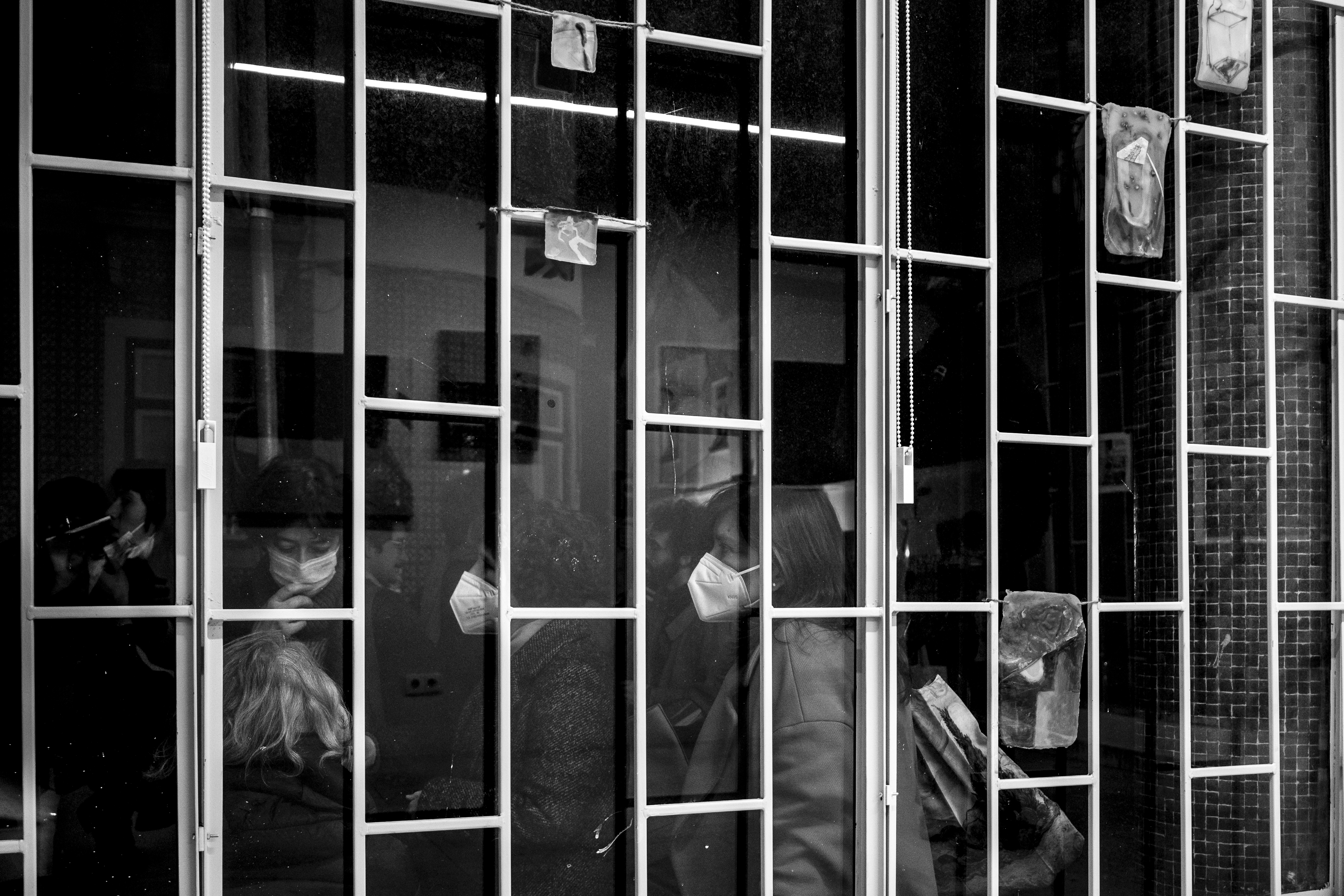
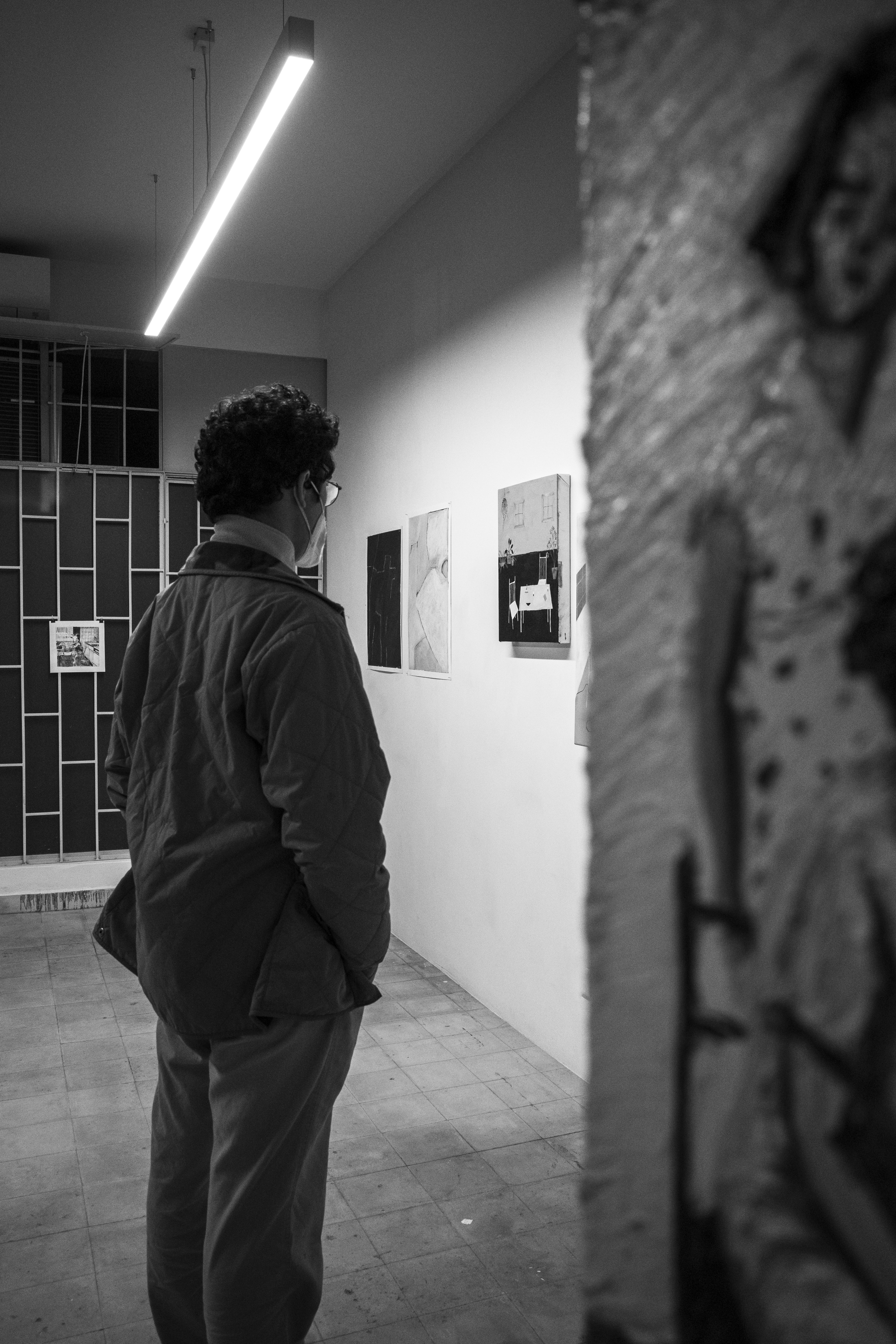
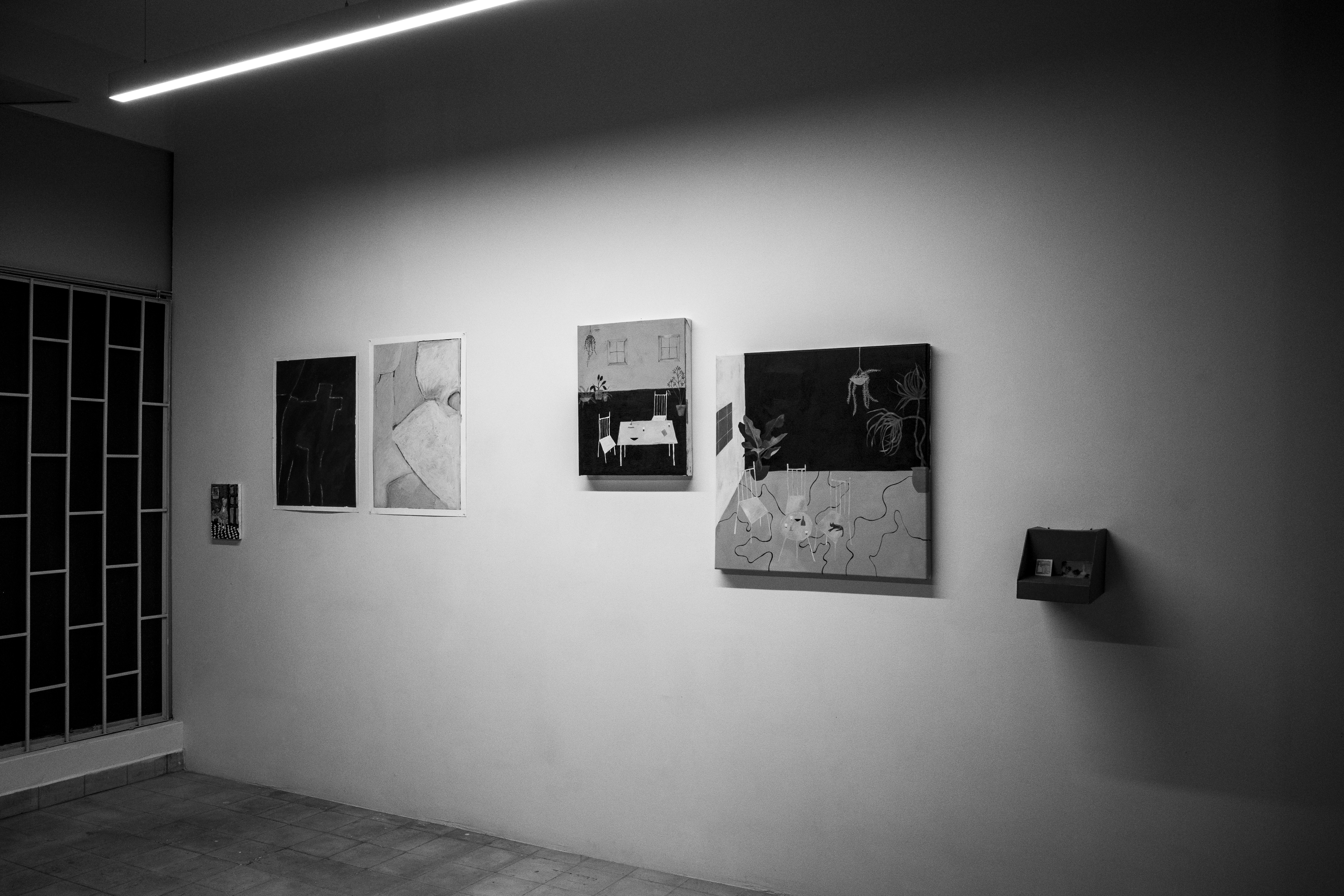
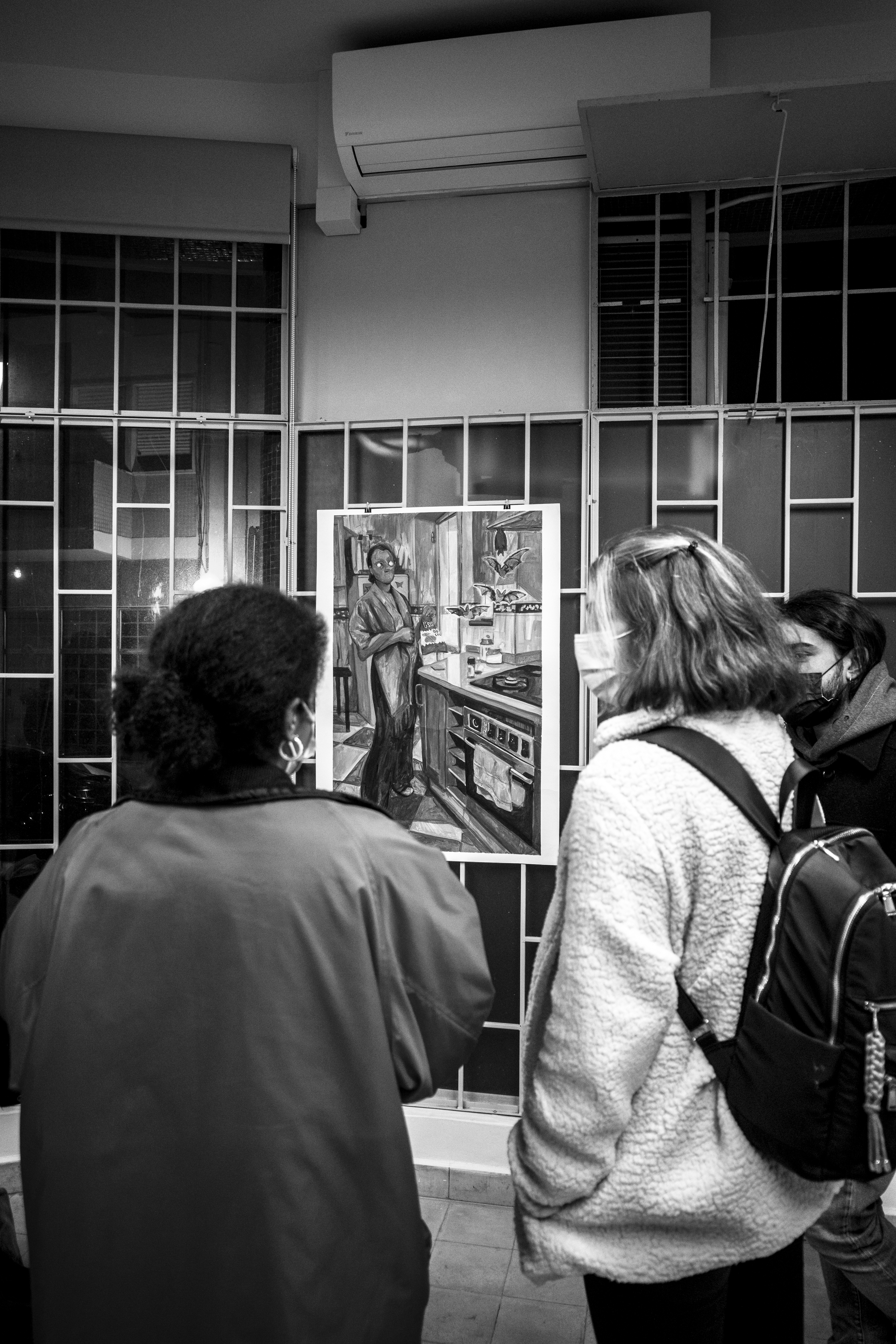
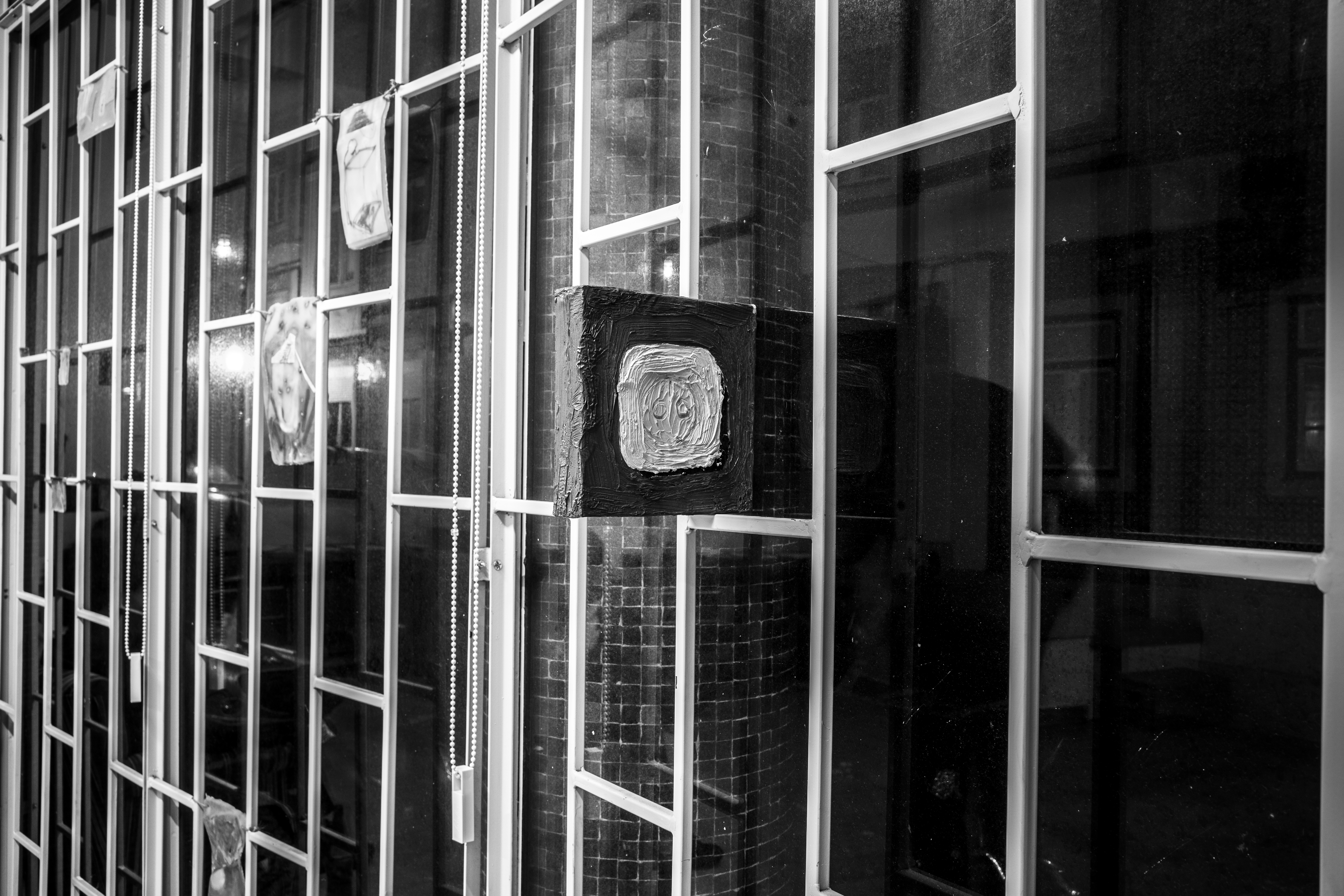
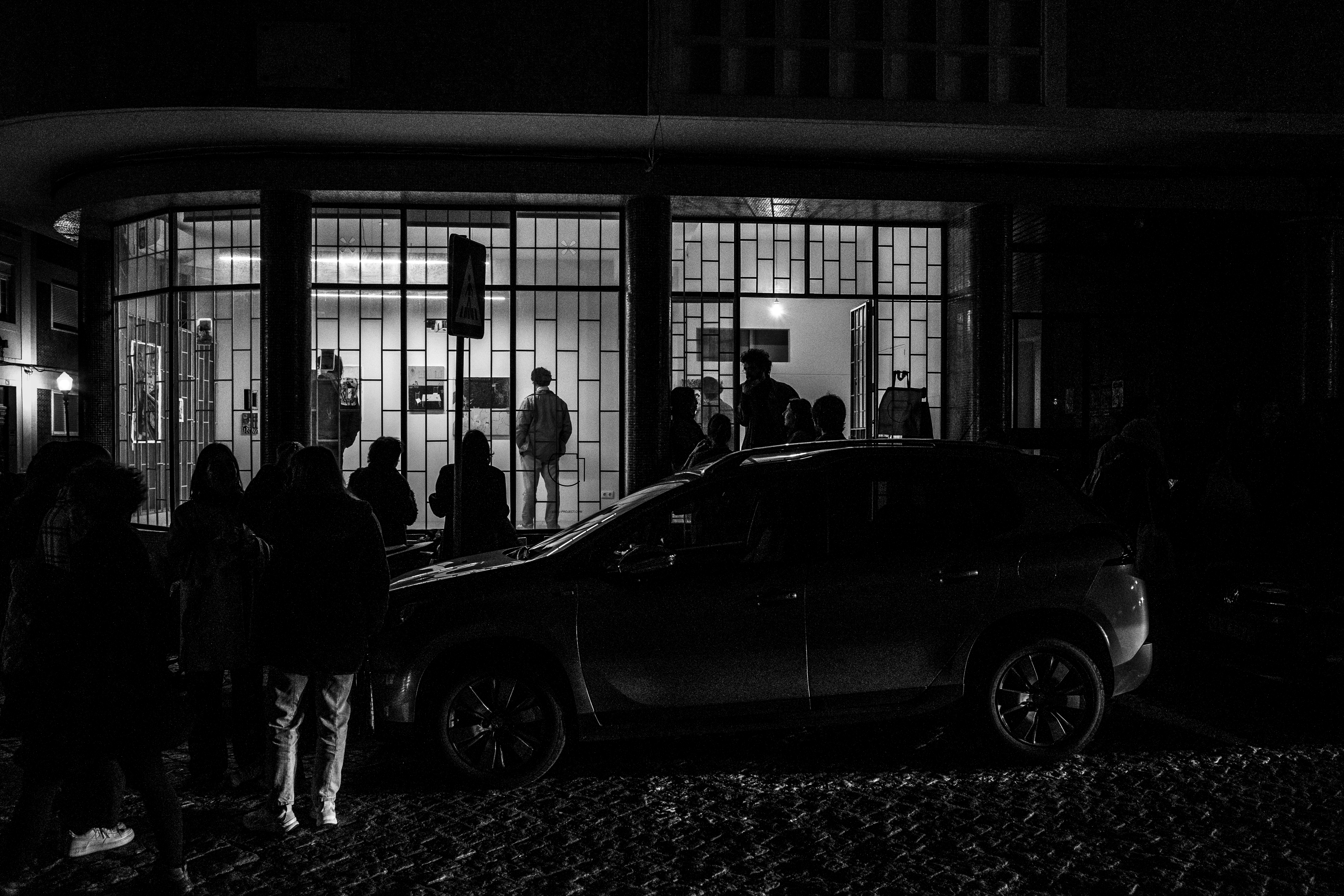
PT / EN
Glass Cabin, a group show by Bárbara Faden, Laura Caetano, Mariana Malheiro, Rita Leitão, Sofia Seidi and Zarya Austin-Fell, forms the second part of a programme organized by EGEU and dedicated to explore the idea of intimacy in its multiple dimensions, regarding both media and concept, through interdisciplinary artistic approaches.
In this exhibition, solely composed by paintings, we gather a diverse body of work by artists of the 90s, both portuguese and international, that explore a similar motif through different techniques: the creation of interior spaces. While some artists manifest a preference for figurative painting and others for abstraction, this motif consists of an interest for representing domestic scenes and family dynamics, everyday life objects and rituals, as well as the relation between space and body or space and material, recurrently remitting us to the spheres of “home” and “privacy”.
With this idea in mind, this show seeks to question the conditions that made it possible for these artists to work around these thematic and formal concerns in their pictorial practice, highlighting their lines of continuity or tension. Moreover, Glass Cabin proposes itself to reflect upon the ways in which an interior space could be understood as an intimate space.
Mariana Malheiro uses family archive photographs, frequently portraits of gatherings, whose memories and traditions she updates in her paintings. Combining different brush strokes, treating some figures in a synthetic way and others in a more detailed manner,
her work presents a narrative dimension which dictates the enfasis she gives to each motif of the composition. Whether in family episodes around a table or single portraits in closed or ambiguous spaces, the figures she creates never seem to stare at the spectator, but to be immersed in an introspective state, which in turn close the scenes within themselves in a particular time and universe.
Sofia Seidi also creates domestic narratives but she represents them as if seen from the outside, in a voyeuristic way. Dealing with the psychological dimension of the characters she represents, the artist invades their private space to question what people do when they are alone. Thus she unveils their everyday universe, combining it with fantastic elements to which she recurs as a way to disrupt the former. By placing a goat’s head on a woman or depicting a woman with white empty eyes surrounded by bats, both using house garments and placed in a kitchen, she gives her paintings a feeling of discomfort and absence to situations that would otherwise be mundane.
Unlike these works that feature a human presence, Zarya Austin-Fell produces portraits of domestic spaces in which we can only find the objects that fill them - a table, some chairs, glasses of wine or plant vases -, as if previously inhabited or waiting to be. These spaces generate a focus on the day to day rituals performed with these same objects and a reflection about the ways in which they shape the identity of their environment but also of the people that might use said objects. The artist’s pieces, therefore, explore the mutual construction between spaces, objects and subjects, highlighting how the concept of interiority is both subjective and variable.
Equally interested in studying space and its everyday objects, to question its uses and purposes, is Rita Leitão. By splitting a domestic space into different canvas, like a night stand, a power plug or the corner of a room, the artist seems to be making an observation about how these objects can have different meanings when they're together or apart. Moreover, she can map and compose the structure of the spaces she depicts, like a room in this case, throughout the entire exhibition space, helping to form the fictional space in which all works inhabit.
Bárbara Faden is showing two paintings in oil and oil pastel on paper developed during a transition phase of her work towards an expression closer to figuration. Thus these works find themselves in a hybrid condition between an abstract model that makes use of geometric elements and figurative references to a pair of open and isolated female legs. The shapes that compose these bodies can then also be regarded as parts of a space or scenery, as if in a transitional state towards becoming the representation of what they really are. The idea of intimacy is hence present in Faden’s work, not only because she represents a human body, and an intimate part of one at so, but also because she creates a closed space that contains and defines its limits.
The paintings by Laura Caetano are particular in the sense that they are made of latex, both on its surface and its interior. In them, we can find architectural structures, anthropomorphic figures, domestic objects and geometric shapes that are not only made of traditional means but also organic materials such as potato skins or furniture putty that the artist uses as tools to draw over the latex, also an ephemeral material. By giving the spectator the chance to see the paintings on both its sides, the one where the painting lies and its bottom, as well as through the paintings (due to the latex transparency), the artist gives a sculptural dimension to the pieces. For this reason, she simultaneously creates a dialogue between the faces of the images, opening a communicative space in its interior, and reveals the painting’s surrounding space (EGEU, in this case) through them.
All things considered, just as the exhibition title posits by making a reference to an exposed safe space, all the artists, even if through different approaches, work on how intimicay can be created by means of a space (domestic, conceptual or bodily) in a strain between unveiling and covering it.
